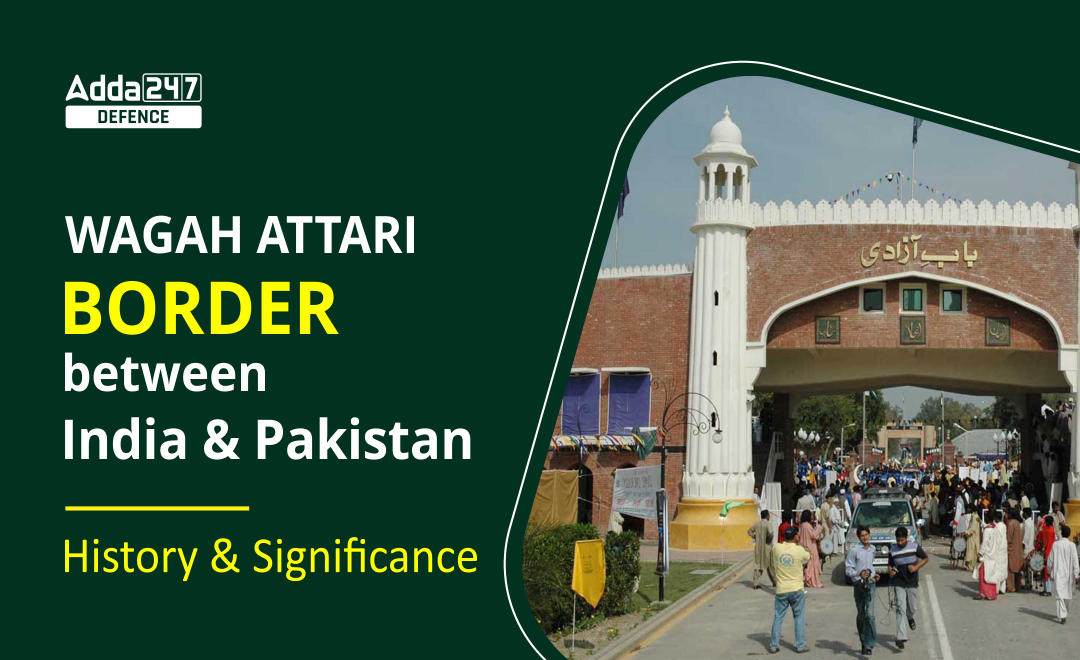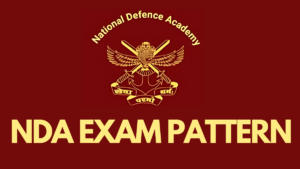Wagah-Attari border between India & Pakistan
Wagah, a village located approximately 32 km from Amritsar, holds historical significance as it lies on the Grand Trunk Road, a historic route connecting Amritsar and Lahore. During the partition of India, the Radcliffe Line, demarcating the boundary between India and Pakistan, was drawn in Wagah on the Indian side of the village. Hence, the border crossing at this location is known as the Wagah Border. It served as a vital point for migrants traveling from India to Pakistan during that period.
Since 1959, both India and Pakistan have been conducting a daily lowering of the flags ceremony at the Wagah Border. This ritual has become a symbol of the strained relationship between the two nations. In August 2017, India erected a 110-meter flagpole on the Indian side at Attari, near the Wagah Border. In response, Pakistan constructed a 122-meter flagpole on their side. The flagpole on the Indian side is the tallest in the country, while Pakistan’s flagpole is considered the tallest in South Asia. These flagpoles stand as prominent symbols of national pride and are visible from a considerable distance.
Wagah-Attari Border History
The Wagah-Attari border history dates back to the partition of British India in 1947, which led to the creation of India and Pakistan as separate nations. The name of the border crossing, Wagah-Attari, is derived from the nearby village of Wagah, which holds historical significance. It was in this region that the Radcliffe Line, the boundary dividing India and Pakistan during the partition of British India in 1947, was drawn. As people migrated from India to Pakistan and vice versa during that tumultuous time, this border crossing at the Wagah-Attari border became the primary crossing point between the two countries, serving as a major transit and trade route.
Wagah-Attari Border Significance:
The Wagah-Attari Border significance holds great importance for both India and Pakistan and has become a symbol of the long-standing tensions and conflicts between the two nations. Here are some significant aspects of the border:
- Border Closing Ceremony: One of the major attractions at Wagah-Attari is the daily “Beating Retreat” or “Lowering of the Flags” ceremony. This highly choreographed military ritual takes place at sunset, where the security forces from both sides perform synchronized drill movements, including high kicks and goose-stepping. The ceremony ends with the lowering of the national flags and a firm handshake between the border security forces. It has become a popular tourist attraction, drawing crowds from both sides of the border.
- Symbol of Partition: Wagah-Attari Border represents the division of India and Pakistan during the partition. The crossing stands as a reminder of the human cost and the ongoing challenges faced by both nations due to the partition.
- Trade and Commerce: The Wagah-Attari Border also serves as a crucial transit point for trade and commerce between India and Pakistan. It facilitates the movement of goods, including agricultural products, textiles, and machinery, between the two nations.
- Cultural Exchange: Despite the political tensions, the border crossing at Wagah-Attari serves as a platform for cultural exchange between India and Pakistan. People from both countries gather to witness the ceremony, cheer for their respective nations, and celebrate their shared cultural heritage.
- Visa and Passport Control: The border crossing is an important checkpoint for travelers crossing between India and Pakistan. It is used for immigration and customs checks, and individuals must have valid visas and passports to cross the border.
Overall, the Wagah-Attari Border holds historical, cultural, and symbolic significance, and it continues to play a significant role in the relationship between India and Pakistan.



 Important Topics to Score 300+ in NDA GA...
Important Topics to Score 300+ in NDA GA...
 NDA Exam Pattern 2025 for GAT and Maths
NDA Exam Pattern 2025 for GAT and Maths
 How to Crack NDA Exam in the First Attem...
How to Crack NDA Exam in the First Attem...
